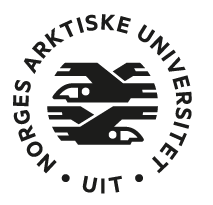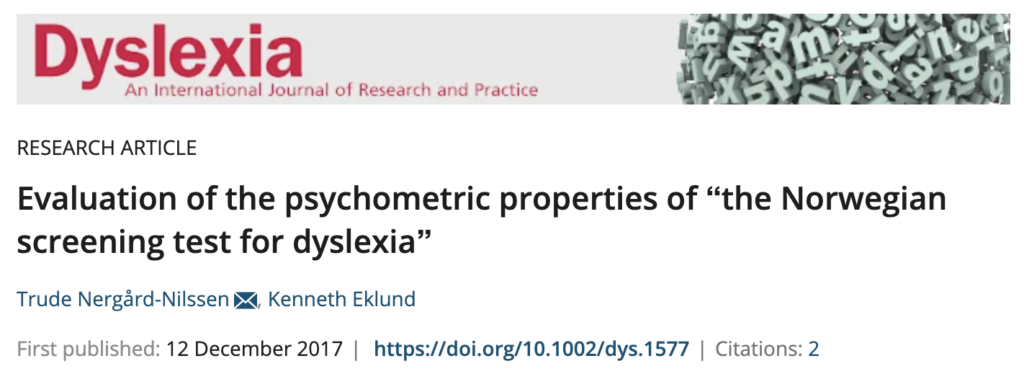1.7. About Dysmate

The Dysmate tests identify an individual’s risk of having dyslexia, from the age of 5 years and throughout adulthood.
Literate Ltd is the parent company of Dysmate and was established in 2016 by Dr. Trude Nergård Nilssen, Professor of Special Needs Education and Educational Psychology.
The Dysmate tests were originally developed with the participation of children and parents in the Tromsø Longitudinal Study of Dyslexia.
Literate Ltd has a commercial license agreement with The Arctic University of Norway (UiT), who owns the tests.

The Dysmate portfolio consists of:
🔵 Dysmate-A : Screening and Follow-up tests for adults
🔵 Dysmate-Y : Screening and Follow-up tests for adolescents
🔵 Dysmate-C : Screening and Follow-up tests for children
Since the Dysmate screening tests for adolescents and adults were launched in 2017, more than 1400 secondary school students and adults have been assessed for dyslexia.
A corresponding test for 5- to 13-year-old children was launched during the Spring of 2020. It is suitable for use from the final pre-school year and throughout primary school.
The Dysmate tests are standardised, norm-referenced, computer-based and take around 30 minutes to conduct.
Test administration does not require the installation of any specialist software, but you will need a stable Internet connection.
All instructions and exercises are read aloud and the test candidate receives immediate feedback on whether the exercise was conducted correctly. When the test is complete, the test administrator can see the results. The results are presented in an intuitive and accessible manner.
The Dysmate tests allow you to identify an individual’s risk of dyslexia with confidence. As part of this certification course, you will learn how to interpret the test results.
The research behind the tests
The psychometric measurement capability of the test for adults has been documented in the scientific journal Dyslexia.

The psychometric properties of the test for children have been documented in Assessment for Effective Intervention.
➜ https://journals.sagepub.com/doi/pdf/10.1177/15345084211063533

“Family risk studies demonstrate that phonological problems are present long before formal reading instruction begins.”
”Children with a phonological awareness deficit in kindergarten are five times more likely to have dyslexia in second grade than children without such a deficit.“
“There is a growing body of literature affirming the value of providing early reading intervention to struggling readers.”
“Children who received intervention in first and second grade, made gains almost twice that of children receiving the same intervention in third grade and that the early intervention child continued to outperform the late intervention group.”
“Assessment in all its forms—including screening, diagnostic testing, and monitoring—plays a key role in any successful intervention.
Screening can provide an indication of which children are “at risk” and would benefit from further support.
A diagnostic assessment can provide a clear indication of a child’s strengths and weaknesses and specify which skills should be targeted within an intervention. It also gives a picture of the severity of the child’s difficulties and to what extent support needs to be adapted.”
“The Dysmate-C produces test scores that are precise reflections of the individual’s latent skills within the different domains, and the test battery identifies students at risk for dyslexia with great accuracy. Since it measures the defining markers of dyslexia, it may be used both for screening and for diagnostic testing.“
Dr Trude Nergård Nilssen

The developer of the Dysmate tests.
2015 – Professor of Special Needs Education/Educational Psychology at the Department of Education at The Arctic University of Norway.
2008-2015 – Associate Professor at The Arctic University of Norway.
2005-2007- Assistant Professor at The Arctic University of Norway.
2002-2005 – PhD candidate at the Department of Special Needs Education at the University of Oslo. 1995-2002 – Educational Psychologist in Midt-Troms (Norway).
Professor Nilssen is the Principal Investigator of The Tromsø Longitudinal study of Dyslexia (Dysleksistudien i Tromsø) (2010-2018), which included the Dysmate standardisation studies.
